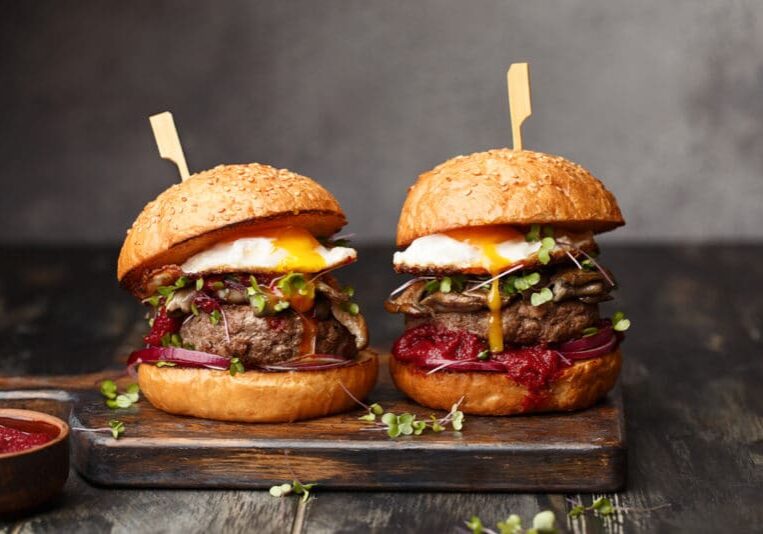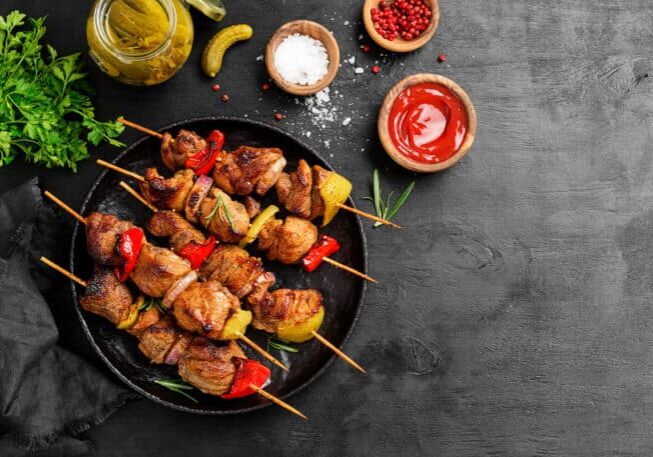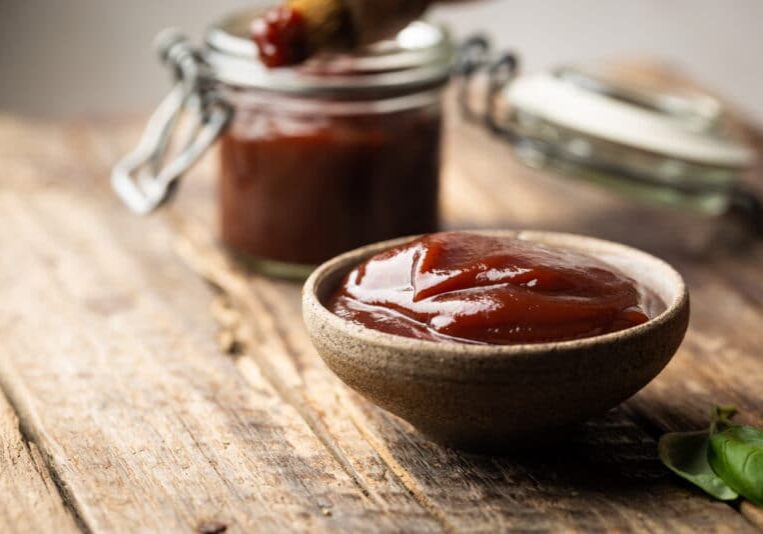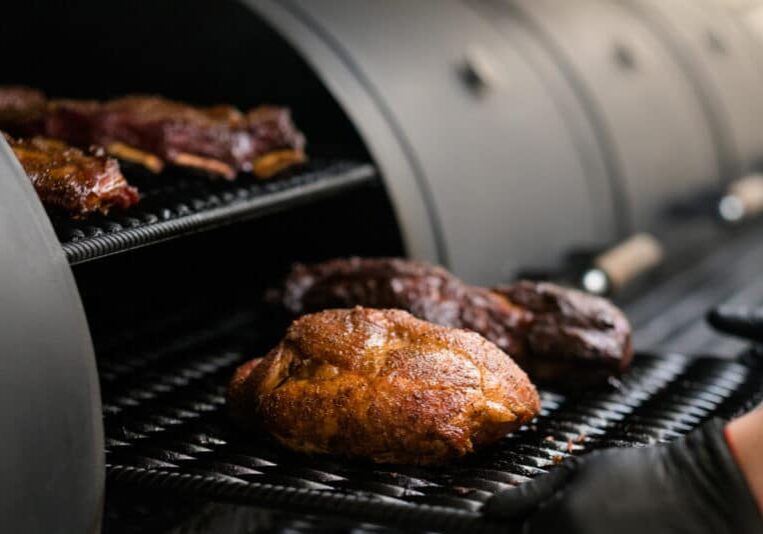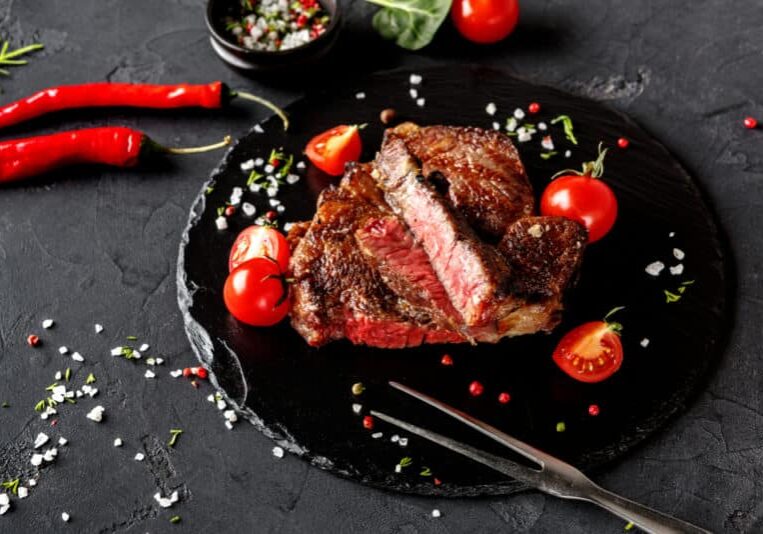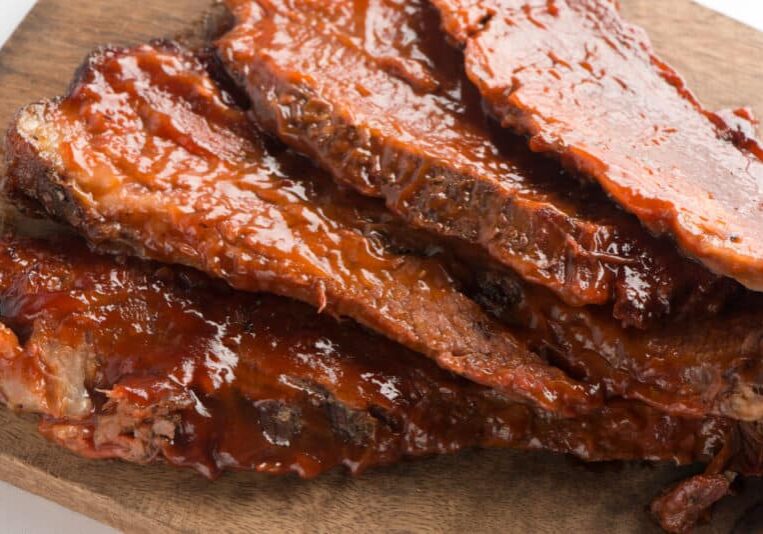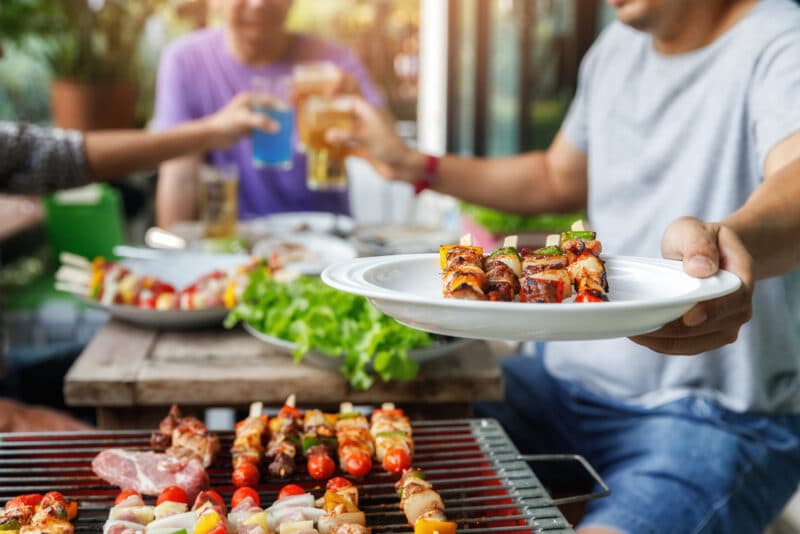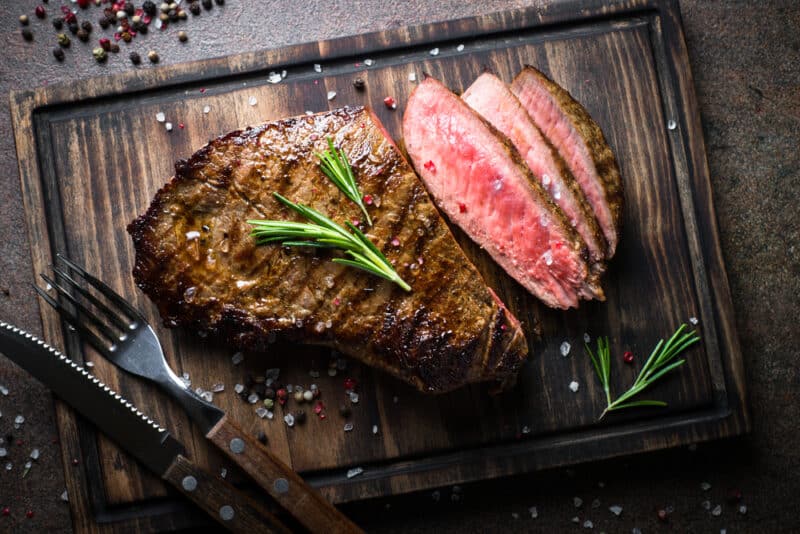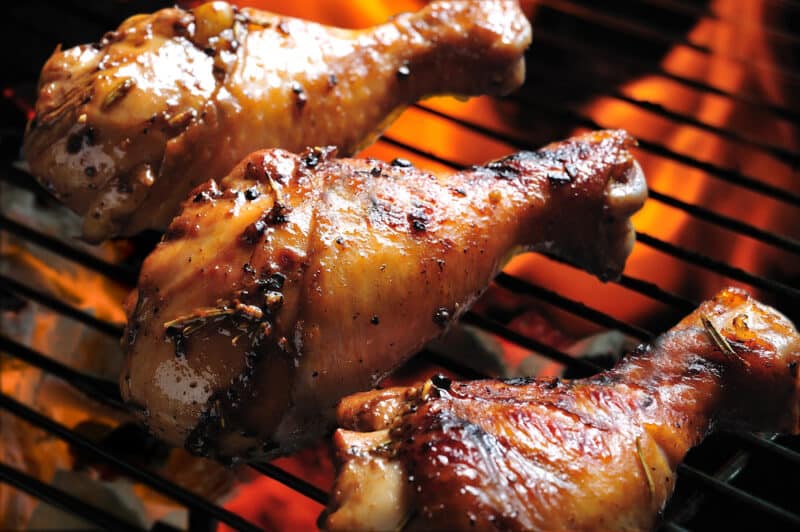How Long Can Chicken Sit Out? Quick Answer Here
TheGrillingMaster.com is reader-supported. If you buy something using the links on our site, we might earn an affiliate commission at no added cost to you. This helps us pay our staff to keep making awesome content for you!
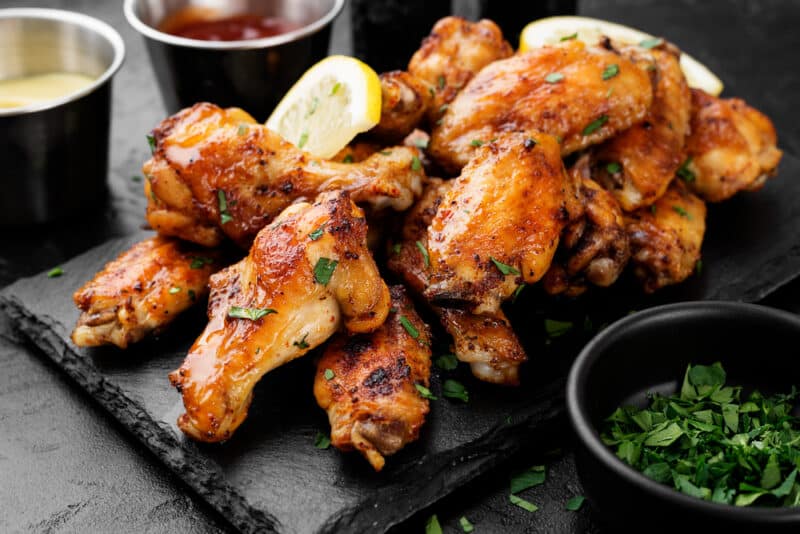
How Long is Raw Chicken Safe at Room Temperature? The U.S. Department of Agriculture (USDA) advises against leaving raw chicken out for more than two hours. However, in warmer conditions where the room temperature exceeds 90°F (32°C), this duration shortens to only one hour.
Chicken, a staple in many kitchens, is as delicious as it is versatile. But with its popularity comes a responsibility to handle it with care. Ensuring chicken remains safe to eat is paramount, not just for taste but for health. The risks associated with improperly handled chicken, from bacterial growth to foodborne illnesses, are significant. This guide delves into the crucial question: How long can chicken safely sit out? Whether you’re a seasoned chef or a weekend BBQ enthusiast, understanding the nuances of chicken safety can make all the difference in your culinary endeavors.
Understanding the Danger Zone
When it comes to food safety, especially with perishable items like chicken, the term “Danger Zone” is frequently mentioned. But what exactly is this zone, and why is it so crucial to be aware of it?
The Danger Zone refers to the temperature range between 40°F and 140°F (4°C to 60°C). Within this range, harmful bacteria can multiply rapidly, turning what might have been a delightful dish into a potential health hazard. Bacteria such as Salmonella and Campylobacter, commonly found in raw chicken, thrive in these temperatures. In fact, in the right conditions, some bacteria can double in number in as little as 20 minutes when exposed to the Danger Zone.
Chicken is particularly susceptible to bacterial growth for several reasons. Firstly, its moist environment is a haven for bacteria. Secondly, the way chicken is processed, packaged, and transported can sometimes expose it to contaminants. This is why, when you leave chicken out on the counter or forget it in a warm car, you’re essentially rolling out the red carpet for harmful microbes.
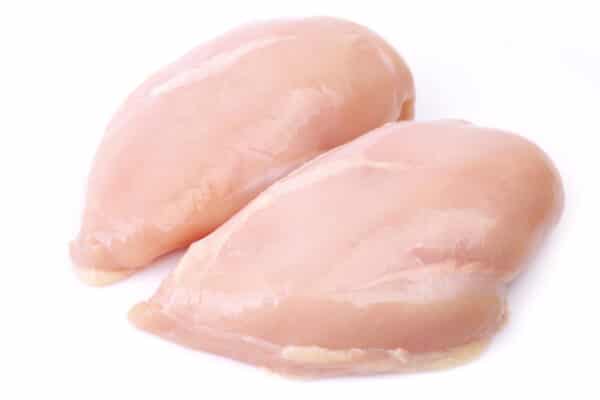
But why is the Danger Zone set between these specific temperatures? The lower limit, 40°F (4°C), is typically the temperature at which refrigerators are set. Below this temperature, bacterial growth slows down significantly. On the other end, 140°F (60°C) is the threshold at which many harmful bacteria start to die, especially when exposed for extended periods. It’s the range in between these temperatures that’s problematic.
It’s also worth noting that while cooking chicken to a safe internal temperature (165°F or 74°C) will kill most harmful bacteria, merely reaching this temperature once doesn’t mean the chicken can then sit out indefinitely. Once cooked, if it cools and falls back into the Danger Zone, bacteria can once again begin to multiply.
In practical terms, this means that whether you’re dealing with raw chicken waiting to be grilled at your weekend BBQ or leftovers from last night’s roast, it’s essential to minimize the time they spend in this temperature range. Using tools like food thermometers and ensuring proper storage can help you navigate and avoid the perils of the Danger Zone.
Factors Affecting How Long Chicken Can Sit Out
Chicken, like all perishable foods, has a limited window of time when it can safely remain outside of refrigeration. However, several factors can influence this duration, making it essential to consider the specific circumstances in which the chicken is stored. If you need to defrost your chicken, check my guide.
-
Temperature of the Environment: The ambient temperature plays a pivotal role in determining how long chicken can sit out. In cooler, well-ventilated areas, chicken might have a slightly extended safe window compared to hot, humid environments. As mentioned earlier, when room temperatures soar above 90°F (32°C), the safe time for chicken to remain out drastically reduces to just an hour.
-
Preparation Method: The state of the chicken—whether it’s raw, cooked, or marinated—can influence its vulnerability to bacterial growth. Raw chicken, with its natural moisture and nutrients, can be a breeding ground for bacteria. In contrast, cooked chicken, especially if it’s dry or well-done, might be less susceptible initially, but it’s not immune to bacterial growth if left out for extended periods. Marinated chicken, depending on the acidity and ingredients of the marinade, might have a slightly different safety window, but caution should always be exercised.
-
Packaging: The way chicken is stored can also impact its safety. Vacuum-sealed packages can sometimes extend the freshness of chicken by reducing its exposure to air and contaminants. However, once opened, the clock starts ticking. Similarly, chicken stored in air-tight containers might fare better than chicken left openly on a plate, but the fundamental rule of minimizing time outside refrigeration still applies.
Keep in mind that you can also re-freeze your chicken if needed.
General Guidelines for Chicken Safety
Chicken, with its tender meat and versatility, is a favorite in many households. However, its popularity necessitates a clear understanding of safety guidelines to prevent any health risks. Here are some general rules to follow:
-
Raw Chicken: Raw chicken is especially vulnerable to bacterial growth. According to the U.S. Department of Agriculture (USDA), it should not be left out at room temperature for more than two hours. In warmer conditions, where the temperature exceeds 90°F (32°C), this duration shortens to just one hour. Always store raw chicken in the refrigerator until it’s time to cook, and if you’re thawing it, do so in the fridge or cold water, not on the countertop.
-
Cooked Chicken: Once cooked, chicken isn’t immune to bacterial threats. While it might seem counterintuitive, cooked chicken also follows the two-hour rule at room temperature. If you have leftovers, it’s best to refrigerate them promptly. When reheating, ensure the chicken reaches an internal temperature of 165°F (74°C) to kill any potential bacteria.
-
Marinated or Brined Chicken: Marinating adds flavor and tenderness to chicken, but it doesn’t necessarily protect it from bacteria. Acidic marinades might slow bacterial growth slightly, but the general two-hour rule still applies. If you’re marinating chicken for longer durations, always do so in the refrigerator. And remember, never reuse marinade that’s come into contact with raw chicken unless it’s boiled first.
Safety with chicken is a combination of knowledge and practice.
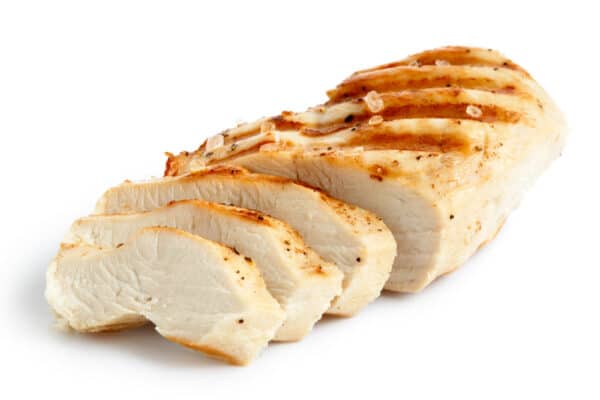
Signs That Chicken Has Been Out Too Long
-
Odor: Fresh chicken has a mild scent, often described as a “neutral” or slightly “meaty” smell. If chicken has been left out for an extended period, it may develop a pungent, sour, or rancid odor. This unmistakable smell is a clear sign of bacterial growth and spoilage. Trust your nose; if something smells off, it’s best to discard the chicken.
-
Texture: Fresh chicken should feel slightly moist but not slimy. If the chicken feels sticky, tacky, or overly slimy to the touch, it’s a sign that it’s been out too long and bacteria may have started to multiply. This sliminess can be accompanied by a filmy residue, another red flag.
-
Color: Fresh chicken typically has a pinkish hue, though this can vary slightly depending on the cut and source. Over time, if chicken is exposed to harmful bacteria, it might take on a grayish or dull brown color. While color changes can also be due to oxidation and not necessarily spoilage, it’s essential to consider this in conjunction with other signs.
-
Taste (with caution): It’s not advisable to taste chicken if you suspect it’s been out too long or shows other signs of spoilage. However, if you’ve inadvertently tasted it, a sour or off-flavor can indicate spoilage. If this happens, it’s crucial not to swallow and to ensure you don’t consume any more of the suspect chicken.
-
Presence of Mold or Fungus: While less common, mold or fungal growth on chicken is a definite sign of spoilage. Any greenish, white, or fuzzy spots indicate that the chicken is no longer safe to eat.
In the culinary world, the adage “When in doubt, throw it out” holds true, especially with perishable items like chicken.

Tips for Safe BBQ and Cooking Practices
-
Thawing Practices: Never thaw chicken on the counter, as this exposes it to the Danger Zone temperatures, allowing bacteria to multiply rapidly. Instead, thaw chicken in the refrigerator, which might take several hours to a day, depending on the size and cut. For quicker thawing, you can use the cold water method: place the chicken in a sealed plastic bag and submerge it in cold water, changing the water every 30 minutes. You want to avoid grilling frozen chicken.
-
Use a Food Thermometer: Guesswork has no place when it comes to ensuring chicken is cooked safely. A food thermometer is an invaluable tool. Insert it into the thickest part of the chicken, avoiding bones, and ensure it reaches an internal temperature of 165°F (74°C). This temperature ensures that harmful bacteria are killed.
-
Keep Raw and Cooked Chicken Separate: Cross-contamination is a common pitfall. Always use separate utensils, plates, and cutting boards for raw and cooked chicken. If you’ve placed raw chicken on a plate, don’t use the same plate for the cooked chicken unless it’s been thoroughly washed.
-
Marinate Safely: If you’re marinating chicken, always do so in the refrigerator, not on the counter. If you plan to use some of the marinade as a sauce, set a portion aside before adding the raw chicken. Never reuse marinade that’s been in contact with raw chicken unless it’s boiled to eliminate bacteria.
-
Transport with Care: If you’re transporting chicken to another location for a BBQ, use a cooler with ice packs to keep it cold. Ensure the cooler’s temperature remains below 40°F (4°C) and minimize the number of times you open it.
-
Promptly Store Leftovers: Once you’re done with the BBQ, don’t let cooked chicken sit out for long. Store any leftovers in the refrigerator within two hours (or one hour if temperatures are above 90°F or 32°C)

What to Do If You’re Unsure
One of the most common adages in food safety is “When in doubt, throw it out.” This principle underscores the importance of prioritizing health over the potential waste of an ingredient. The cost of replacing a piece of chicken is minimal compared to the potential health risks and medical expenses associated with foodborne illnesses.
If you’re unsure about the chicken’s safety, start by assessing its smell, texture, and appearance. Often, our senses can provide the first warning signs. A sour or off-putting odor, a slimy texture, or an unusual color can all indicate spoilage or bacterial growth. Remember, even if only one part of the chicken shows signs of spoilage, bacteria can spread throughout the meat, making the entire portion unsafe.
For those who’ve marinated or seasoned the chicken, masking some of these signs, it’s crucial to recall how long the chicken has been out and under what conditions. If it’s been left out for an extended period, especially in warm temperatures, it’s safer to discard it.
When cooking, always ensure the chicken reaches the recommended internal temperature of 165°F (74°C). However, it’s essential to note that cooking spoiled chicken, even if it reaches the correct temperature, doesn’t guarantee safety. While the bacteria might be killed, some might produce toxins that remain even after cooking.
Lastly, always maintain a clean kitchen environment. Regularly clean and sanitize surfaces, utensils, and hands, especially after handling raw chicken. This practice not only ensures the safety of the chicken dish you’re preparing but also other foods in your kitchen.
Learn More About Grilling
If you want to learn more about grilling, check out these other helpful resources!

Kevin Turner
Hi there, I'm Kevin Turner, Founder and CEO of thegrillingmaster.com. I started this website to share my passion and knowledge with you. You can leverage my years of experience as a pit master and professional to grill great food!
About The Grilling Master
Hi there, I'm Kevin Turner, Founder and CEO of thegrillingmaster.com.
My passion has always been grilling, smoking and BBQ delicious meats that satisfy my inner carnivore!
I started this website to share my passion and knowledge with you, the hungry reader who wants to prepare the perfect meal.
You can leverage my years of experience as a pit master and professional.
Send me a message and let's connect on Twitter here.


